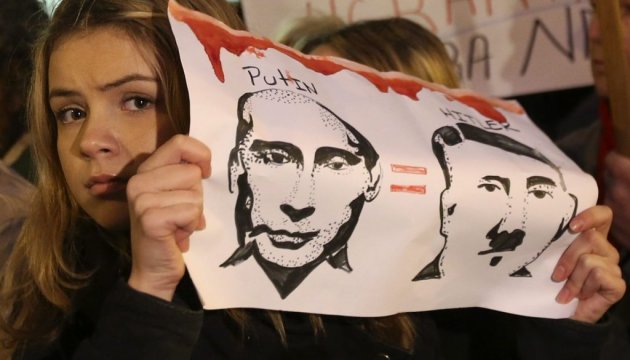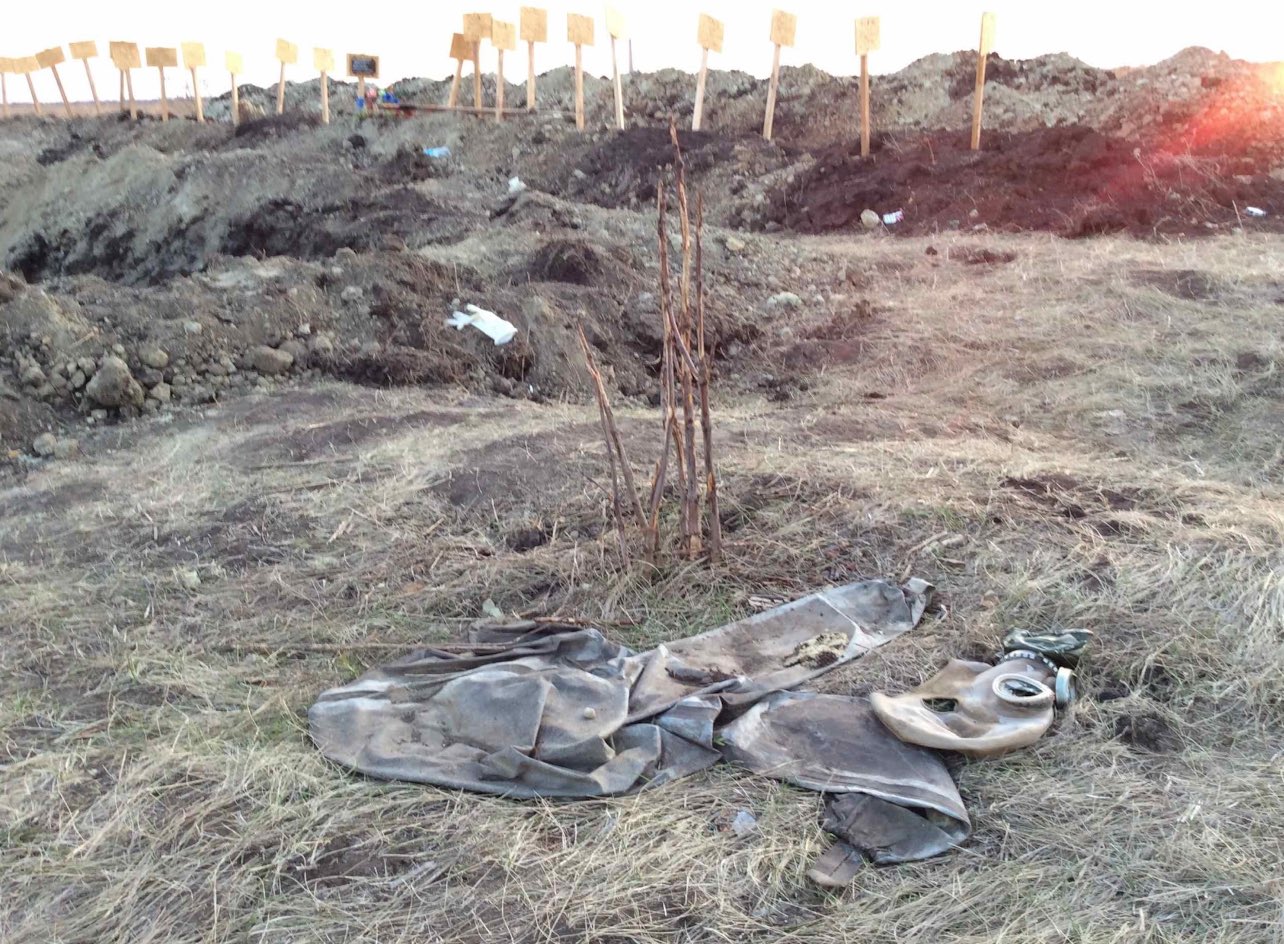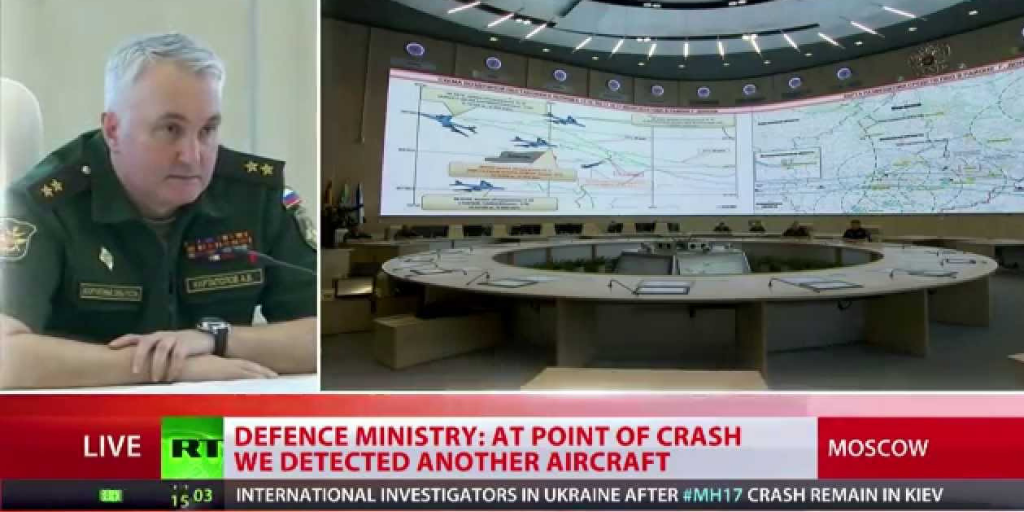Putin's main Big Lie of today is that Ukraine allegedly conducts a “genocide of Russian speakers” inspired by presumable right-wing Russophobia in Ukraine, and consequently, plans an attack on eastern Ukraine's Donbas and Russia. These outright fakes are not supported by facts. They are frequently disseminated in Russian domestic and international media and reproduced by Putin himself, including his latest speech in which he denied Ukraine the right of existence.
The narrative of "genocide"
The narrative of “genocide” and “Russophobia” in Ukraine is regularly reiterated to Russian audiences at political talk shows at state-owned TV and speeches of Russian officials including Putin himself. Also, small fake stories about alleged acts of Ukrainian aggression in Donbas or found bodies of victims of Ukrainian war crimes are designed to support this narrative.
Some of these recent stories are already debunked:
- a story about the alleged shelling of a Russian border guard facility from the Ukrainian side
- a story about alleged plans of Ukraine to use chemical weapons in Donbas
- a story about Ukrainian servicemen allegedly shelling kindergarten which in fact was conducted by Russian troops
Some Russian stories can be neither confirmed nor denied by independent sources, like a story about a Ukrainian sabotage group of five soldiers and two armored vehicles that allegedly penetrated Russian territory on 21 February 2022. Such made-up stories get coverage by local Donbas media of occupiers as a true fact and Russian media then spread them further to justify Russian aggression against Ukraine.
The main fake “genocide” story that Russian media have reported and Russian leaders have invoked since 2014 tells about the discovery of several mass graves in Donbas in 2014. It was claimed that Ukrainian soldiers slaughtered the local population.
However, the “mass graves” turned out to be several illegal burials of mostly elderly people and soldiers killed in hostilities at the time when morgues were overfilled due to active war in 2014. The Russian presentation of “mass graves” was debunked by independent journalists who saw them.
Christopher Miller, a correspondent for Buzz Feed News, wrote that
“I saw these mass graves in Luhansk in Oct 2014, interviewed people burying relatives. They were mostly elderly people passing naturally. Morgues, cemeteries couldn't deal with them, plus [there was] influx of people killed by war. Russia claims these are proof of "genocide" which is completely false.”
Oliver Carrol, a foreign correspondent in Moscow also shared pictures of these illegal graves that he took when he was traveling in the area in 2014-2015. He also denies the Kremlin narrative:
“I traveled in the region during 2014-15 and saw with my own eyes mass burial sites. They were known to locals and Russian-backed proxies. Essentially [that were places] where poor, old people without relatives and possibly unidentified combatants were buried. These pictures are from October 2014 in Luhansk.”
The story was also debunked by Stop Fake.
According to Stop Fake, quoted experts and witnesses did not exist. For example, as RFE/RL reports, “OSCE expert” Einars Graudins had nothing to do with the OSCE; he is the leader of a pro-Russian political party in Latvia. Yet, he was the primary source of the claim about “400 killed civilians who were found in Donbas” which was disseminated when media-campaign about genocide first started in 2014.
How Putin instrumentalizes “genocide” fakes
After the wave of reports about alleged genocide that Russian media disseminated in September-October 2014, the story became almost forgotten.
Occasionally, Russian president Putin postulated about an alleged genocide in Donbas that was either conducted by Ukrainian troops or could be conducted should Donbas return under the Ukrainian control. He several times compared the alleged genocide with 1995 Srebrenica massacre in Bosnia:
"The Ukrainian side is constantly asking for the opportunity to take control of the border with its troops. Well, I imagine what will begin next. There will be Srebrenica, that's all. We have seen President Zelenskyy’s discussion with nationalists. It is clear who is stronger there [in Ukraine]. And what will happen there [in Donbas]? And who will lead them, these nationalists, when they enter these territories without providing guarantees to the people?”
How Russia will try to sue Ukraine in the European Court of Human Rights
At the end of 2021, the media resources of Russia's proxy Luhansk and Donetsk "republics" started reporting about the discovery of graves of local residents allegedly killed in 2014-2015 by the Armed forces of Ukraine. These were the same illegal cemeteries from 2014.
On 16 February, in order to substantiate allegations of genocide, the Investigative Committee of Russia opened a criminal case "on the discovery of mass graves of civilians in the territory of the Donbas," claiming that it received "data on impromptu mass unmarked graves, formed under the necessity outside specially designated places in connection with ongoing hostilities."
How Putin instrumentalized reports about “Ukrainian nationalists”
Most likely, Ukrainian nationalists that Putin speaks about are the Right Sector and Azov volunteer battalions, although he doesn’t name them. Battalions participated in the Operation of United Forces of Ukrainian army in Donbas in 2014. Azov then became a Ukrainian national guard regiment. However, these battalions are a very small part of the Ukrainian army.
Regarding their possible far-right ideology, there are established links between some Azov members and The National Corps political party. The latter, however, has low support in society and never entered the parliament. It is deliberate Putin’s lie to claim they have any political significance in Ukraine.
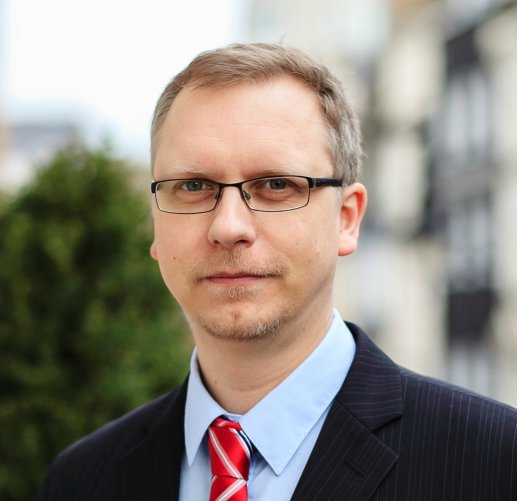
The opposite is the case since the highest number of Ukrainian soldiers who currently fight in Donbas are from the Dnipro Oblast in Ukraine, which is predominantly Russian-speaking. Anton Shekhovtsov, Director of the Centre for Democratic Integrity, author of "Russia and the Western Far Right" thus summarized this:
“Drawing on its playbook, the Kremlin is in full swing making up Russias big lie: an alleged genocide of ethnic Russians in the Donbas. Note that a significant percentage of the Ukrainian military defending their Motherland from Putin’s aggression are of ethnic Russian origin. Ukraine has no problem with ethnicity – after all, Ukraine’s president is a native Russian speaker of Jewish background. What the country does have a problem with is invaders of any ethnic origin. Ukraine is multi-ethnic, so are the invaders.”
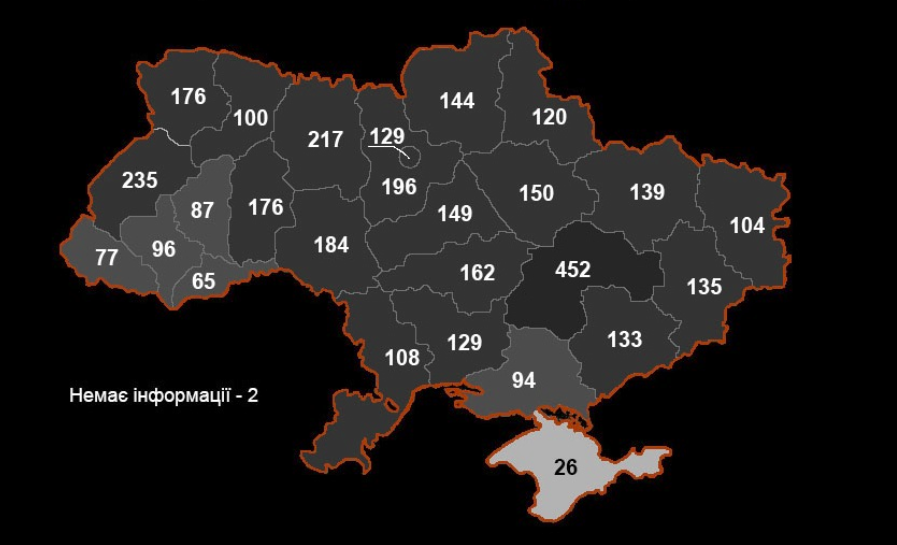
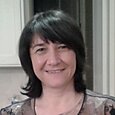
Cathy Young, a political expert from The Cato Institute in Washington, wrote an article analyzing facts and fakes about “Ukrainian nationalists,” showing their low influence. She, however, emphasizes that the
“self‐proclaimed Donetsk and Luhansk 'republics' have always been a magnet for Russian ultranationalists and outright neo-fascists—starting with Pavel Gubarev, who began the separatist uprising in Donetsk March 2014… [He is member of] Russian National Unity, whose emblem bears an unmistakable resemblance to the swastika.”
She also describes links of Donbas militants to “Eurasian movement” founder Aleksandr Dugin, who is the far-right leader in Russia and indeed openly called for a “genocide” of the “race of bastards” that he felt had replaced the real Slavs in Ukraine.
Putin often refers to Ukrainian nationalists and alleged “genocide” committed by them in the context of his claims about alleged “Russophobia” in Ukraine. This is an important part of his big lie narrative described in details in his February 21 address where he said that “Ukraine is part of Russian history” and denied Ukraine’s existence as an independent state.
This is an apparent turning of the whole “phobia” narrative upside down, just according to Hitler’s description of big lies. In reality, the only “phobia” that Putin has is that fear of a strong democratic Ukraine will undermine his authoritarian support in Russia, as Peter Dickinson, Chief Editor of Business Ukraine Magazine, said.
The Big Lie and journalistic standards
Facts such as the Russian occupation of Crimea and Donbas with the build-up of 150,000 troops around Ukraine should be the frame of the discussion about current events, rather than random opinions and accusations voiced by Kremlin puppets. Just as the Russian torture of prisoners in occupied territories, which is a documented crime, including by UN reports and stories of witnesses (1, 2, 3, 4
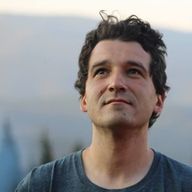
This is the view Otar Dovzhenko, a Ukrainian media analyst and editor in chief of Detector Media shared with Euromaidan Press when asked about the issue:
“The standard of balance of opinion stipulates that the media or journalist, when covering a conflict situation (and this is any situation in which there is more than one version of events or more than one view of events), gives the floor to all parties to the conflict. However, any conflict occurs in a certain coordinate system which limits the ability of the parties to have their say. For example, in a 'conflict' between a victim and an offender who attempts to kill the victim, such a limitation is the law and universal morality, which considers murder unacceptable. The killer may have some crazy theory that allows him to kill the victim, but this theory is interesting only to forensic psychiatrists.
When it comes to Russia's aggression against Ukraine, Ukrainian media consider this topic in the system of coordinates of international law and Ukrainian law. Therefore, there is no need, for example, to balance the position 'Crimea is Ukraine' with the position 'Crimea is Russia'."
He adds that some opinions of occupiers that are important because they can define their decisions and actions should be reported, such as the recent statement of Putin that the so-called Donetsk and Luhansk republics are recognized in the territory of all Donetsk and Luhansk oblasts, which means a further military operation can start to extend the actual line of contact to this declared border.
It’s better, Dovzhenko said, that such statements are transmitted in indirect language.
Russian intelligentsia also shows a similarity between Putin and Hitler
Not only Ukrainians, but also part of Russians now understand Putin’s tactic. The latest 21 February letter by Russian Congress of intelligentsia against war clearly builds a connection between Hitler and Putin tactics of big lie:
“Official Russian rhetoric suggests that a pretext for launching an invasion [of Ukraine] can be fabricated at any moment, up to the use of direct provocations, as was done by Hitler before the invasion of Poland in 1939. In this case, Ukraine will be accused of aggression in any way, and Russia's actions will be presented as a forced response to this aggression in the name of protecting its country and civilians. But history cannot be deceived. The Reichstag fire was exposed. Whether the war starts or not, today depends only on the decisions and actions of the political leadership of Russia.”
Related:
- The “Donbas genocide myth” in the making: a kindergarten shelling case study
- The (busted) info-ops driving Russia’s false-flag pretexts for invading Ukraine
- “Donbas genocide myth” gets new spin with staged evacuation and foiled false flag “chem attacks”

